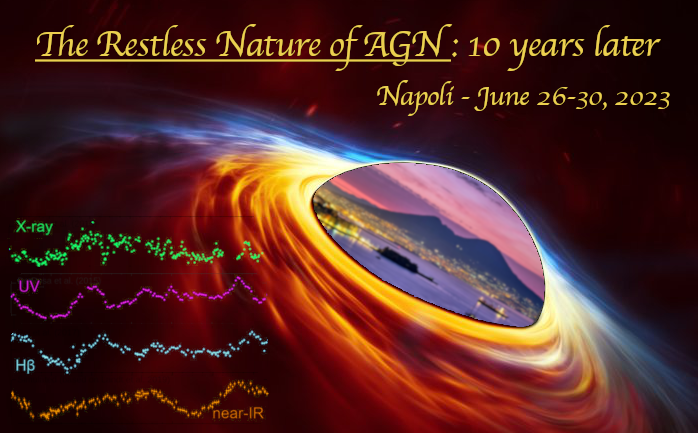Speaker
Description
By long-term spectroscopic and photometric monitoring of three luminous intermediate-redshift quasars (CTS C30.10, HE 0413-4031, HE0435-4312) by the SALT telescope, we have been able to progressively constrain the parameters of the MgII radius-luminosity (R-L) relation (Czerny+2019, Zajacek+2020, Zajacek+2021). The MgII line variability is comparable to the continuum variability and the MgII light curve is significantly correlated with respect to continuum light curve. Thanks to that, we were able to infer the rest-frame time delays of the MgII emission, which are 276, 303, and 296 days for CTS C30.10, HE 0413, and HE0435, respectively. In combination with SDSS and OzDES reverberation mapping programs, which monitored lower-luminosity sources, the MgII R-L relation is constrained well using 94 sources up to now. The luminous quasars are crucial for enhancing the R-L correlation. The MgII R-L relation has a large vertical scatter of ~0.39 dex and a slope of ~0.3, which is in tension with the simple photoionization theory. We compare the MgII R-L relation with optical Hbeta, optical and UV FeII relations. The flatter slope of MgII R-L relation with respect to other R-L relations could be caused by the bias towards higher-Eddington, intermediate-redshift sources whose time delays are shortened for a given luminosity. In addition, we show that MgII R-L relation parameters are independent of the adopted cosmological model, and thus the monitored quasars can be standardized and applied for constraining cosmological parameters of different models (flat and non-flat cosmological models with general dynamical dark energy). Inferred cosmological constraints are weak but consistent with better established cosmological probes.

